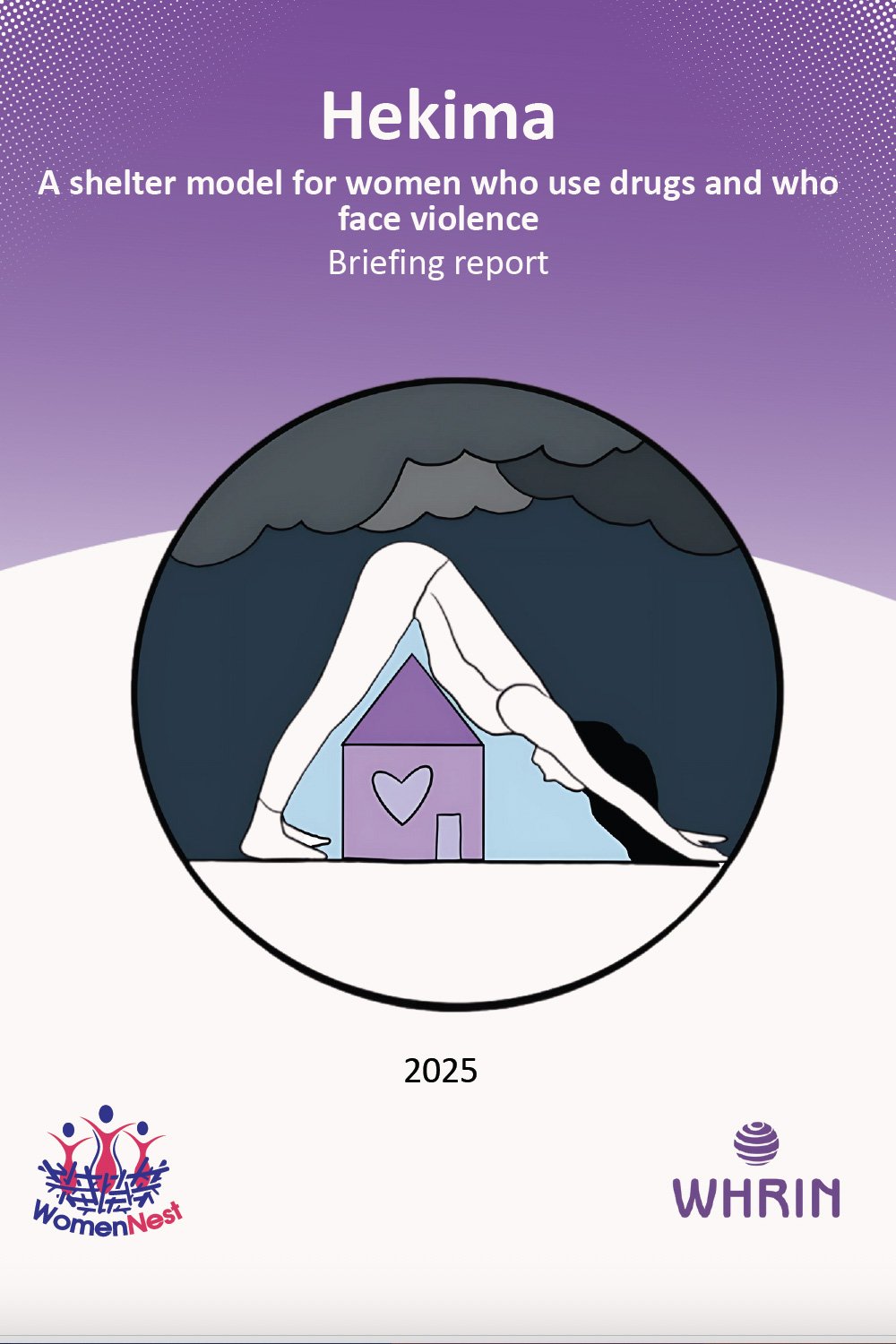In Kenya, HIV prevalence is highly concentrated among sex workers and women who inject drugs (at 26% and 36% respectively). Both women who use drugs and sex workers face heightened risk of all forms of violence which is associated strongly with HIV transmission.[5] It is also well established that
HIV prevention and treatment and harm reduction services for homeless people are fraught unless
housing needs are addressed at the same time. Yet access to welfare services including housing is
generally contingent upon abstinence from drug use which, in practice, contributes to further exposure to violence, trauma, and housing instability – all, in turn, exacerbating HIV related risk. Shelter exclusion
fuels further marginalisation and risk for women who use drugs and sex workers.
This project brief summarises approach and results for the Hekima shelter model for crisis
accommodation catering to the needs of women who use drugs. This shelter project is named “Hekima”
the Swahili word for “Wisdom”. The Hekima design includes a focus on documentation, monitoring, evaluation and learning as well as promotion of the model to continue and to expand shelter access for women who use drugs who are at threat, or are survivors of gender-based violence in Kenya and beyond. By establishing a unique working model, mainstream gender-based violence (GBV) shelters can adopt adjustments in order to accommodate. key populations most at risk of violence and HIV, including women who use drugs and sex workers.
